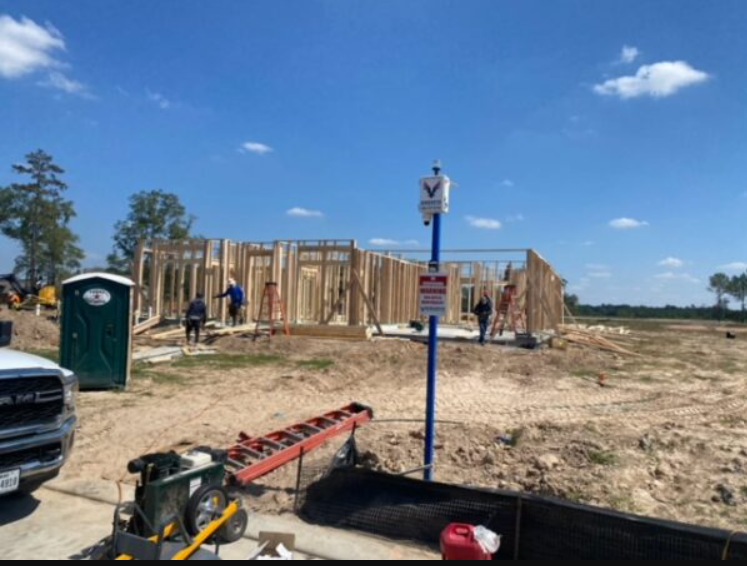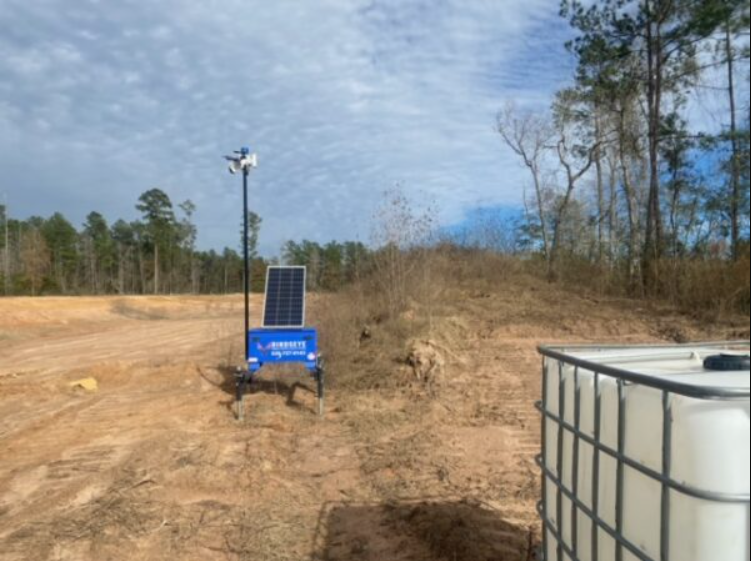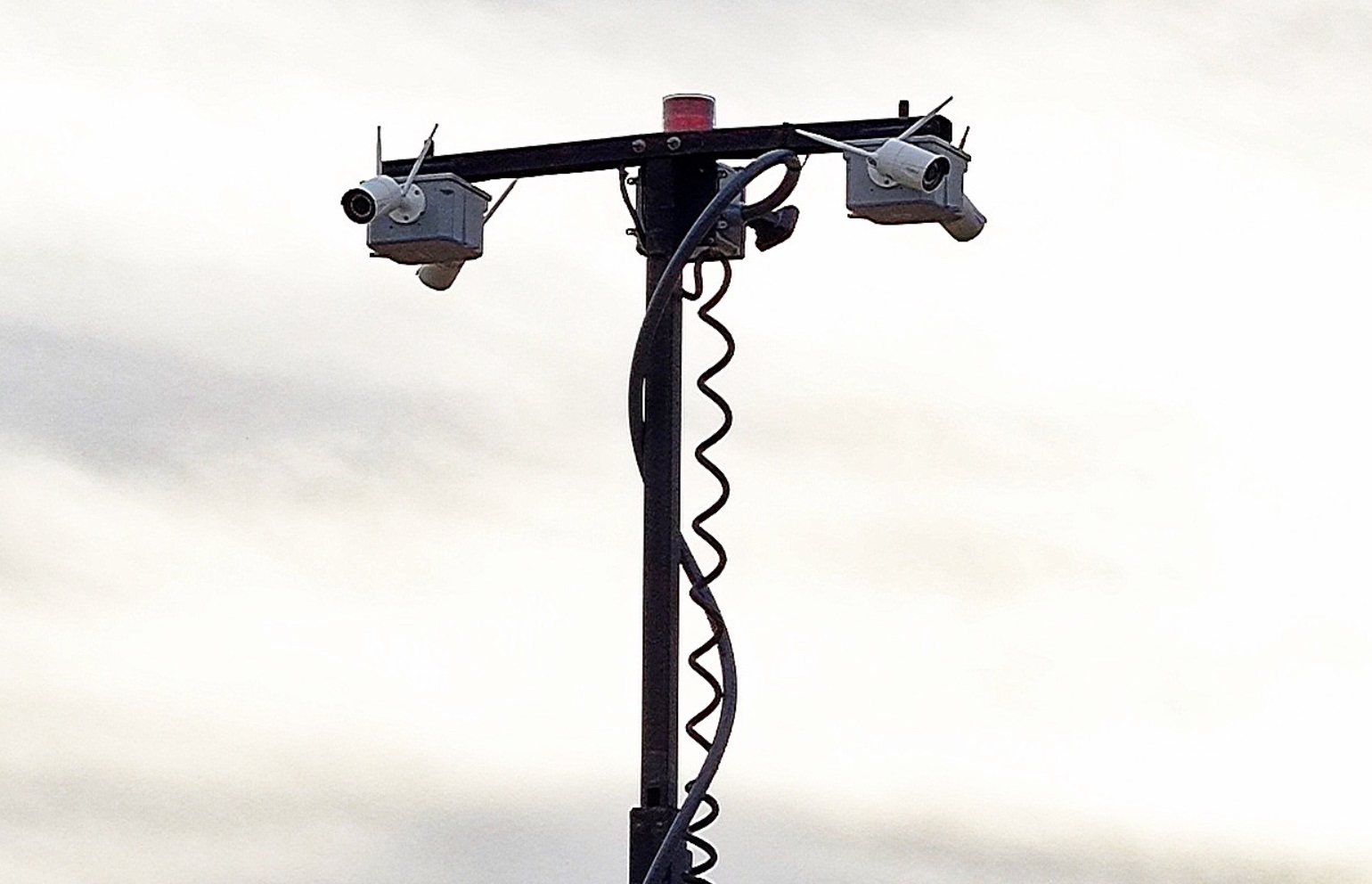A solar security camera uses energy from the sun to power its camera and battery, making it ideal for places where wired electricity is not available. It records and streams video using solar panels and built-in batteries, offering continuous protection for homes, farms, parking lots, and construction sites. Choosing the right one depends on factors like battery life, camera quality, storage, network support, and weather resistance.
In this blog, we will cover everything you need to know before buying, including how solar security systems work, what features matter most, how to compare options, and practical tips for finding the best solar-powered security camera for your property.
Why Choose a Solar Security System

A solar security system offers freedom from wiring, power outages, and high installation costs. It uses sunlight to keep cameras operating continuously, even in remote or temporary locations. Unlike traditional setups that rely on electricity or generators, solar-powered cameras work independently and can be relocated easily whenever the site needs change.
They are ideal for construction areas, farms, parking lots, or open properties where running cables is difficult. Since the system stores power in built-in batteries, it continues recording even on cloudy days or at night. Along with lower energy costs and minimal maintenance, solar surveillance also supports sustainability by using renewable power for everyday protection.
How a Solar Security System Works
A solar security system is built to generate its own power and operate without external electricity. It combines several parts that work together to keep the camera running day and night. The solar panel collects sunlight during the day and converts it into energy. This energy charges a battery that stores enough power to keep the system operating when there is no sunlight.
The camera records video and transmits it through a wireless or cellular network, depending on the setup. A charge controller regulates the power between the solar panel, battery, and camera to prevent overcharging or damage. Together, these components create a self-sufficient system that provides continuous monitoring, even in locations far from the power grid.
How to Choose the Best Solar Security Camera
Selecting the right solar security camera depends on your site’s conditions, usage goals, and the level of monitoring you need. Before buying, it helps to understand what affects performance, reliability, and long-term value. The points below cover the most important things to check.
- Power Capacity: Choose a solar panel and battery combination that can keep your camera running through cloudy days or long nights.
- Network Connection: Check whether the camera supports Wi-Fi, 4G, or 5G depending on the coverage at your location.
- Image Quality: Look for clear video resolution, good night vision, and wide dynamic range for both bright and dark areas.
- Detection Accuracy: Pick models with motion detection, human or vehicle recognition, and alert settings that reduce false alarms.
- Storage Options: Decide between local storage with SD cards or cloud storage for easy remote access to recorded footage.
- Weather Protection: Ensure the camera housing is waterproof, dustproof, and built to handle high temperatures or heavy rain.
- Ease of Setup: Choose cameras that are easy to mount and align, with adjustable panels for maximum sunlight exposure.
- Maintenance Needs: Look for self-charging systems with minimal maintenance, requiring only occasional cleaning or inspection.
- Budget and Value: Compare total costs, including hardware, data plans, and storage subscriptions, to find the best long-term investment.
Examples of Solar Security Cameras for Different Site Needs
Here are three solar-powered systems that show how flexible a solar security setup can be for different property types and coverage needs.
Sparrow Camera Surveillance System

A compact pole-mounted unit powered by solar panels and rechargeable battery backup, built for small yards, home sites, or construction staging areas.
Falcon Job Site Surveillance System

A trailer or tower-mounted system standing 12 feet tall, with solar power, 360-degree high-definition coverage, and remote monitoring, ideal for mid-size sites.
Eagle Trailer Camera System

A large mobile surveillance trailer with full solar power, 22-foot mast, multiple PTZ cameras, long-term storage, and high wind resistance for industrial or large acreage sites.
Each option demonstrates how a robust solar security system can adapt to diverse environments while maintaining consistent power, clear imaging, and reliable performance.
Common Questions About Solar Security Cameras
- How long can a solar security camera run without sunlight?
Most solar-powered cameras can operate for three to five days on a full battery charge, depending on battery size, camera usage, and weather conditions. - Do solar cameras work at night?
Yes, the battery stores power collected during the day, allowing cameras to function at night using infrared or low-light technology. - What happens during cloudy or rainy days?
The system continues to run on stored battery power. Good models are designed to handle several overcast days without performance drops. - Can solar security cameras connect to Wi-Fi or cellular networks?
Most modern systems offer both options, letting you choose Wi-Fi for local setups or 4G/5G cellular for remote areas. - How often do solar panels need cleaning or maintenance?
Clean panels every few months to remove dust or debris. Regular cleaning helps maintain charging efficiency and consistent uptime. - Are solar-powered security systems suitable for large properties?
Yes, scalable systems like mobile trailers or tower-mounted cameras can cover wide areas such as farms, construction sites, or industrial zones efficiently.
What Makes Birdseye Surveillance Reliable?
Birdseye Surveillance designs solar-powered camera systems specifically for challenging outdoor conditions. Each system is built to provide dependable monitoring, easy deployment, and continuous operation without external power.
- Industry Expertise: Birdseye Surveillance was founded to support construction sites and job yards with solar-powered camera systems built for real working environments.
- 24/7 Professional Monitoring: Every unit is backed by a Texas DPS-licensed in-house team that provides live monitoring and rapid incident response.
- Quick Deployment: Systems are designed for fast setup and relocation so you can secure a site quickly without extended downtime.
- True Off-Grid Operation: Each camera includes solar panels and built-in batteries that keep the system running even in remote areas.
- Service Flexibility: Installations are planned to match each site’s conditions, and free site moves are offered when layouts or locations change.
Conclusion
Solar-powered surveillance has made it easier to secure properties, construction sites, and remote areas without depending on wired electricity. The right system provides continuous power, clear imaging, and dependable monitoring while keeping energy use low. By focusing on power capacity, connectivity, and durability, you can confidently choose the best solar-powered security camera for your property.
For those exploring advanced solar-based camera systems designed for real-world site conditions, Birdseye Surveillance offers proven solutions that deliver consistent performance and 24/7 reliability in the field.